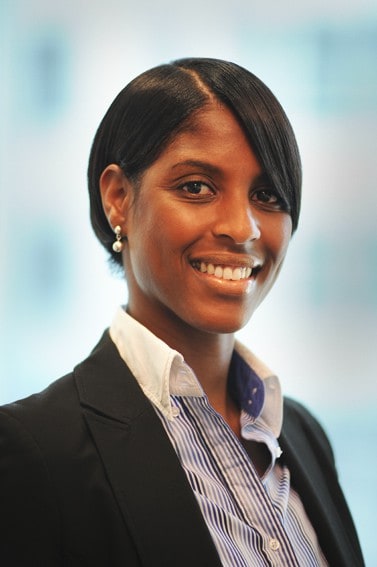Some photographers would say these are basically the same types of lens, but I have found that the longer the lens, the better the results. If you search for a portrait lens, the bulk of the results show up 50mm, 70mm lens, which I feel are far too standard for headshots and portraiture. I would always use a lens around 180mm as focal length tends to reduce and distortion and gives a more flattering effect on the human face. Also, when shooting on location at client’s offices we are always faced with different sized areas to capture our headshots, so it is good to use a fixed or constant aperture zoom lens. The benefits here are that when you have to move position, you can zoom the lens, but it stays at the set aperture, and therefore you do not have to change exposure.
Corporate headshots always look better to me when they are captured with a wide aperture. I much prefer the feel and softening of the background this produces. The only downside to working with a wide-open lens f2.8 or higher is that we ask people to change their position to move their heads when capturing a series of headshots. This means on each image you need to refocus on the person’s eyes. It is critical in a portrait that the eyes are sharp ie in focus as they are the first thing the viewer will look at. In fact, you can have other parts of the sitter out of focus, and it does not matter as long as the eyes are crisp.
Below are some samples that I feel work very well showing the long lens with a wide aperture for the corporate portrait and headshot.

Here we can see the benefits of the long portrait lens and the f2.8 aperture give the background a softened effect.

Another sample of the long portrait lens compacting the sitter to give a flattering profile image.


Lastly, another benefit of shooting with a wide aperture is that you can use ambient light in the headshots, which your studio or flash lighting gives a natural feel to the portraits.
